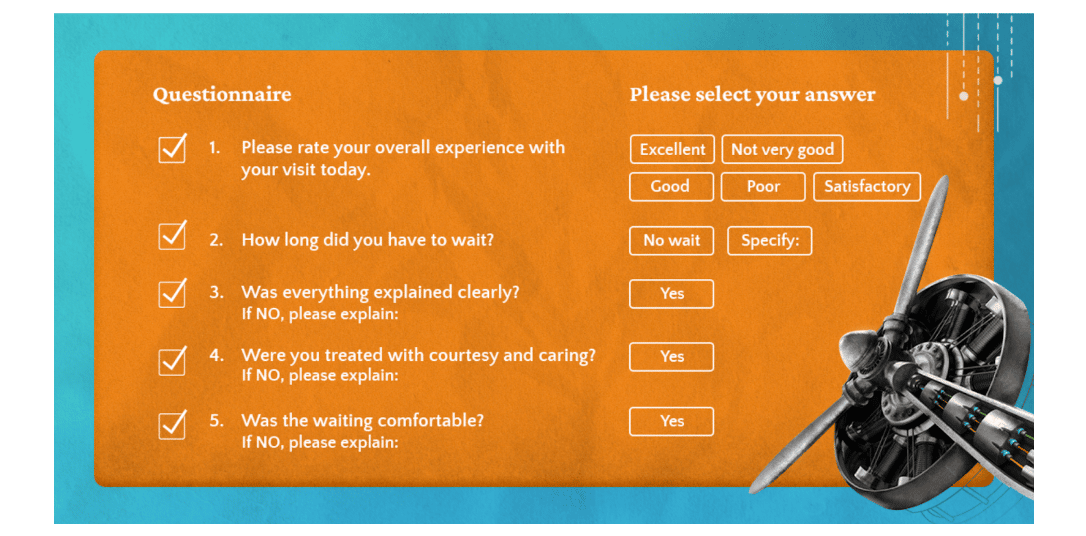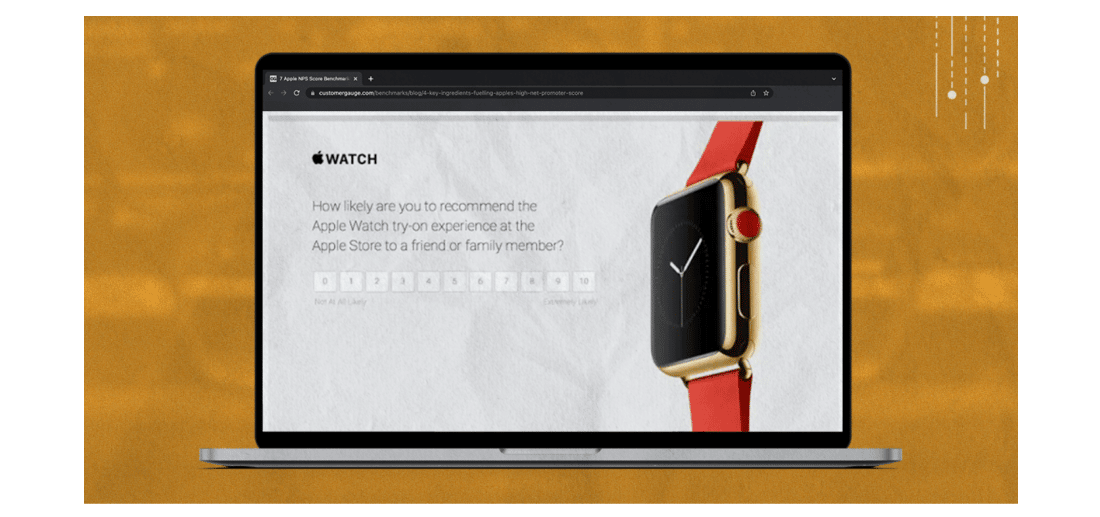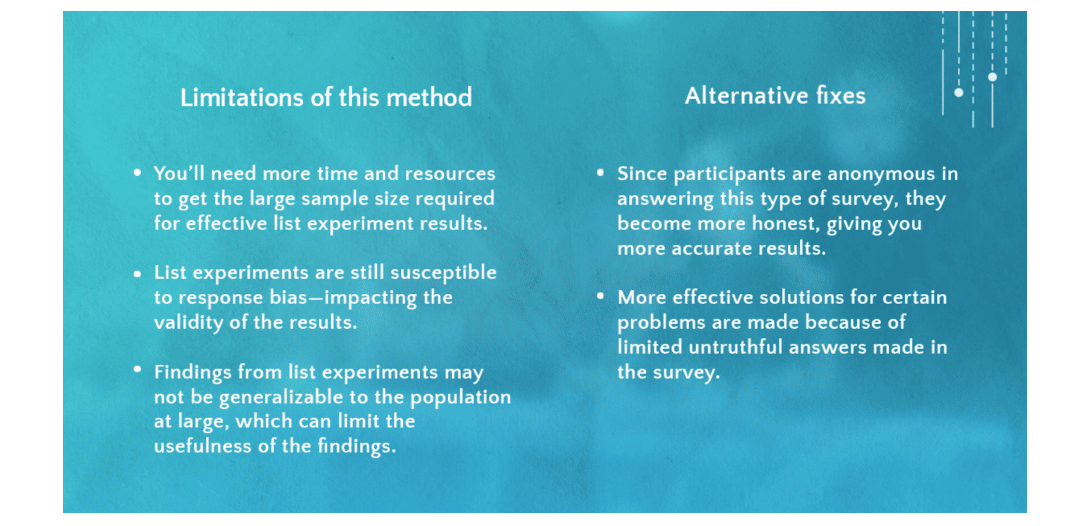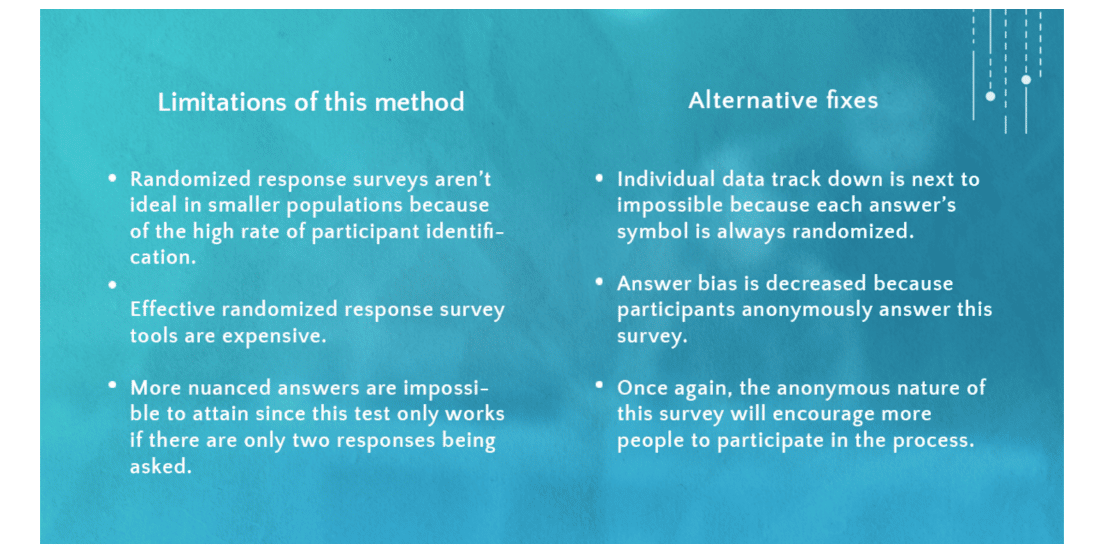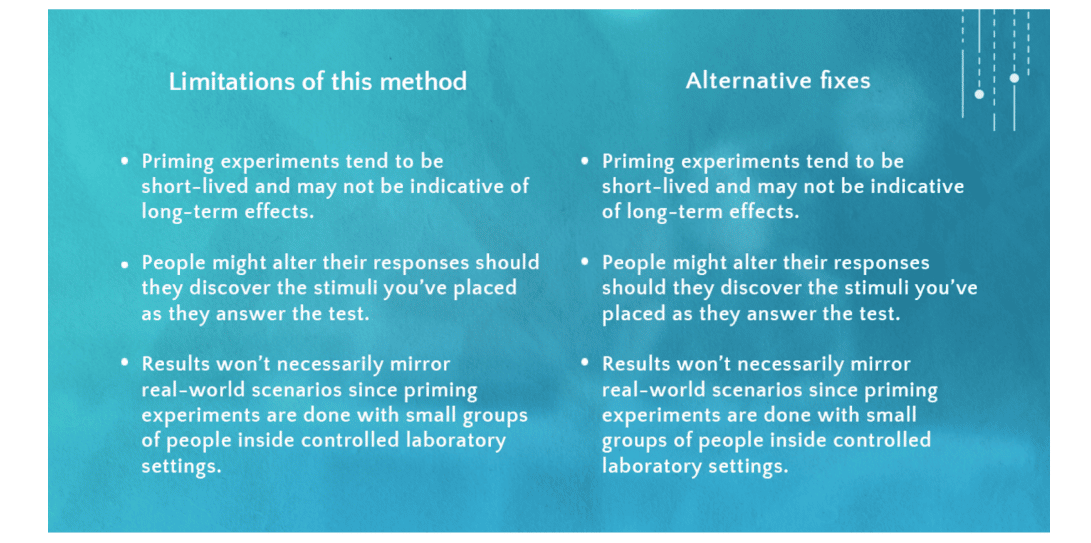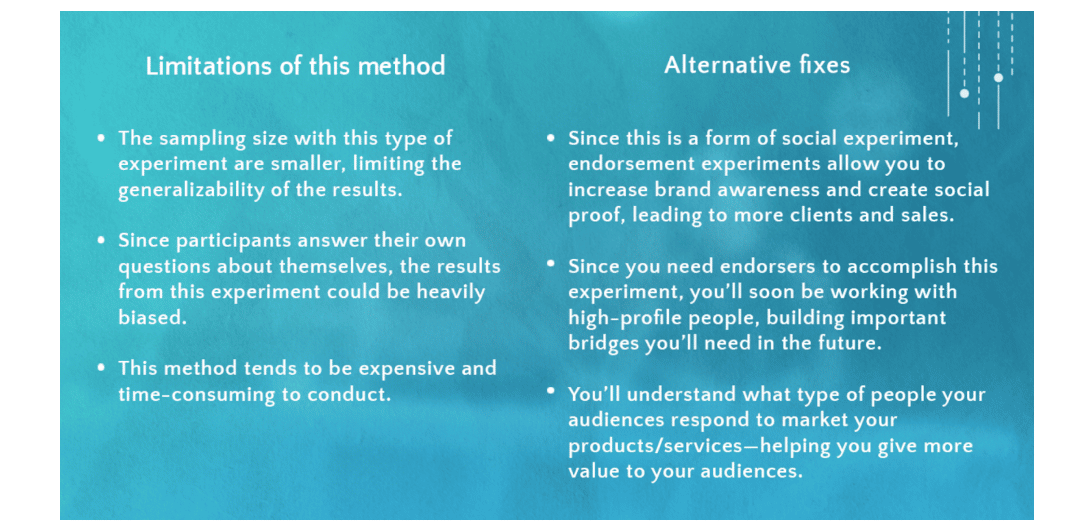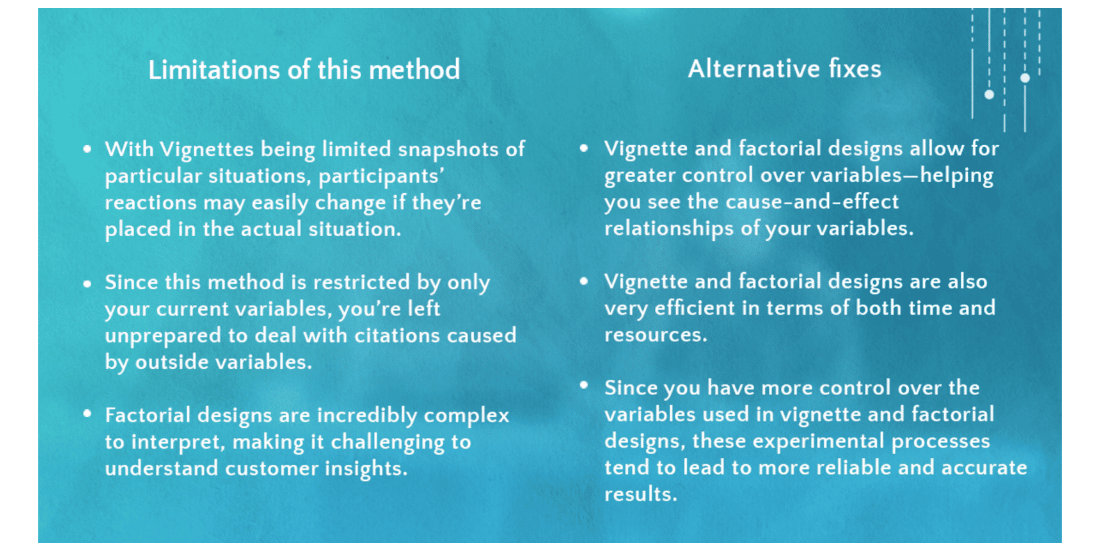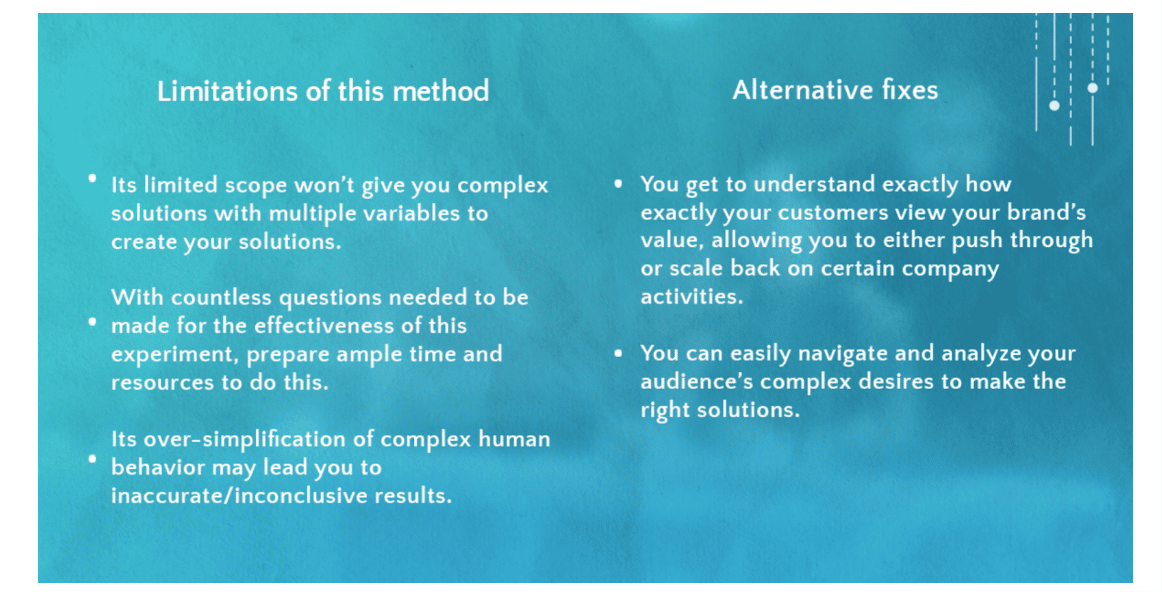Experimentation is what defines the winner from the losers in this ever-changing digital world. At the heart of these experiments is customer experience—and one of the best ways to mine these insights is through surveys.
Doing so gives better business value to your supporters in terms of relevance and brand in terms of conversions.
However, before you go on using your surveys to get information about your audiences, you need to test them out first. Remember, when the survey is improperly built, you’re not going to get the right information from your customers, leading to solutions built on inaccurate assumptions.
Fortunately, this article teaches you how to avoid this. With the following comprehensive tips for making the right survey forms and useful information on the types of surveys you can make, you’ll create the best possible tests for your audiences.
So if you want the right audience insights, follow this guide today!
What is a survey experiment and why should you run it?
This survey procedure involves a researcher placing several participants in two experimental scenarios. Doing so allows the researcher to see how certain conditions create different results in various experimentation processes.
Running survey experiments give you the necessary insights for audience engagement. With audience engagement, you develop a stronger connection with your audience, improving your conversion rates.
Obtaining these sought-after engagements requires you to undergo well-thought-of, and carefully curated survey experiments. In doing so, you’ll get the following important benefits:
1. You ensure accurate data collection
Doing survey experiments allows your audiences to more accurately tell you what they think, and by extension, what you can do to keep them satisfied.
Image from pSionike.
In the mobile game, Marvel Future Fight (MFF), they introduced a mode called “Danger Room”. This mode assigns players to one of two, three-member teams to defeat a villain before the opposing team does.
However, because players said how much they disliked the mode in surveys, MFF developer, NetMarble, chose to remove the mode from the game.
2. You’ll learn how phrasing impacts the answer rate for questions
With survey experiments, you’ll understand exactly how your audiences want to read or hear something about your works. Because in this process, you watch how the slightest variations in word choice can impact your audiences, allowing you to speak to them more efficiently.
The way the answers are phrased in a customer survey allows the participants to share exactly what they want the business to improve on.
3. You’ll get the best ROI from your survey tools
Since the insights from the survey experiments enabled you to reach your ideal conversions, you’ll earn back (and then some) the resources you’ve used in buying your survey tools. This means you get to have more successful experimental opportunities in the future with these remarkable investments.
Screenshot from CustomerGauge.
Apple employs Net Promoter Score (NPS) surveys to learn more about what their customers like and dislike about their physical stores. The store then applies the results for better customer service. As these results are used, even the hardest detractors became supporters—generating over $25 million in additional revenue in 2022.
Survey experiment methods you should know
Creating effective surveys requires you to know various methods other researchers are already using. With these methods already tried and tested for finding good customer insights, learning all about them is a must!
To help you with this process, below are some of the most common and proven effective survey experiments and their respective advantages and disadvantages:
Survey experiments for sensitive topics
Today, the discussion of sensitive topics has been considered taboo in many cultures. This is due to the fact people tend to feel uncomfortable telling their stories or opinions for fear of judgment and social rejection.
However, when these discussions are left in the dark, these issues will continue to fester and take root in society. As such, research under close participant confidentiality must be done to better understand and develop solutions to these sensitive topics.
Knowing the types of survey experiments for sensitive topics gives you the precision to understand the attitudes of your target audiences.
You need to know each one, in both their benefits and disadvantages, so you can create successful survey campaigns:
1. List experiment
A list experiment pertains to a set of statements or items, such as social attitudes, political opinions, and health behaviors, given to participants. The participants’ duty is to tick down which of these statements or items ring true in their lives. Each participant will not be asked about their personal information, keeping their identity confidential and safe from potential social harm.
2. Randomized response
A randomized response is a set of questions pertaining to sensitive topics such as sexual activity and drug use. For every question, there are only two responses.
Each of these responses is characterized by a certain symbol that a participant has to choose to answer the question. However, this survey is confidential because each response’s symbol is changed per person, making it impossible to determine the specific individuals who answered each response.
3. Priming experiment
A priming experiment is a process in which respondents’ reactions to certain external stimuli are analyzed by the researchers. The process usually studies important reactions on topics such as memory, social cognition, and even financial decision-making to see how people’s ideas can change with the outside world.
4. Endorsement experiments
An endorsement experiment is a social psychology experiment that tests how people’s endorsement of others affects their own behavior. The overall purpose of this experiment is about seeing the power of social proof in certain situations and how it can change a person’s beliefs and behaviors.
Survey experiments for cause-and-effect relationships
Survey experiments for cause-and-effect relationships are used to explore the effects of two variables on the participants.
This process involves researchers like you who will have to expose your participants to different treatments (the independent variable). Then, you’ll record their responses (the dependent variable) to see if the independent variable really affects their decisions.
Doing this allows you to see how certain external factors would really affect your audience’s decision-making. Below are some important experimental types you can use for survey experiments for cause-and-effect relationships:
1. Vignette and factorial designs
Vignette designs involve presenting participants with a series of short vignettes, or descriptions, of hypothetical situations, people, and/or objects.
Meanwhile, Factorial designs involve exposing participants to tests that are combinations of different factors, or variables, that can be manipulated to study their effects.
2. Conjoint experiments
Conjoint experiments are conducted to see how your audiences value the different features and benefits of your products/services on a scale of 1 – 10. The ratings of these participants are used to showcase how much they’re willing to pay for your offerings.
Important considerations when using survey experiments
Creating customer surveys is an extremely sensitive process to undergo. Take, for example, SaaS surveys. Any mistake done during the experiment might lead to the wrong conclusions or inconclusive results. So you need to make sure every step you take in its creation is the right one.
Here are important considerations to remember when you’re making your survey:
1. Think of the end game
Beginning with the end in mind allows you to have a clearer mind in creating your goals. When this happens, you make the survey experiment process easier for yourself and the participants. In the end, you’ll get to find the right factors and methods of testing to help you get accurate results for your experiments.
2. Define the right number and people to answer the questions
Choosing highly knowledgeable people, such as experts, to take your survey will give you more accurate results. These are the people who know exactly what your experiments are about. As such, define the right people to answer your questions before you start making and handing out your survey experiments.
Additionally, you need to get more people to answer your tests to be statistically valid. Remember: asking an improperly small number of people won’t give you accurate results because their opinions are not the general consensus in your overall industry.
3. Choose how you collect your data
The right survey question format is one of the key things to consider when designing surveys. Each of the surveys shown earlier in this article is built for various purposes, so be sure to choose the right one for the best results. Then as you build these surveys, remember to understand things you need to avoid while creating them.
4. Refrain from asking for unessential data
Survey tests asking for overly personal information, such as one’s full name or salary, is one of the many questions you should never ask in your surveys. In this world of data privacy problems, people feel like asking demographic questions is like an invasion of privacy.
As a researcher, you need to be clear if the certain personal data you want to ask for will help you reach a certain potential conclusion. If you find it’s unimportant to the study, remove it from your process.
5. Create the right flow of questions
When your survey is developed with the right flow of questions, your participants will better understand them and deliver the right results to you. This means you need to have each question placed in logical sections and order.
Form design issues or how you ask your questions can leave participants confused on how to properly answer your survey. This can lead to inconclusive or untruthful answers—or worse, they might choose not to answer the survey entirely.
6. Give participants the right incentives to answer your surveys
Not giving your participants incentives can also be a major factor as to why they don’t answer your surveys in the first place. Their time is valuable, and would only want to spend it on things that give value to them. However, when you incentivize survey responses, expect to get rich data for your business.
Wrapping up
Survey experiments allow you to make the right decisions in your organization. With this data-driven process, you allow your target audience to talk to you and say exactly what’s running around in their minds—giving you ideas for better solutions.
Having surveys be a part of your marketing process will surely help you better understand your customers.
So remember to take the time to communicate well with your audience and they’ll tell you exactly how you can succeed in the business of making them happy.



